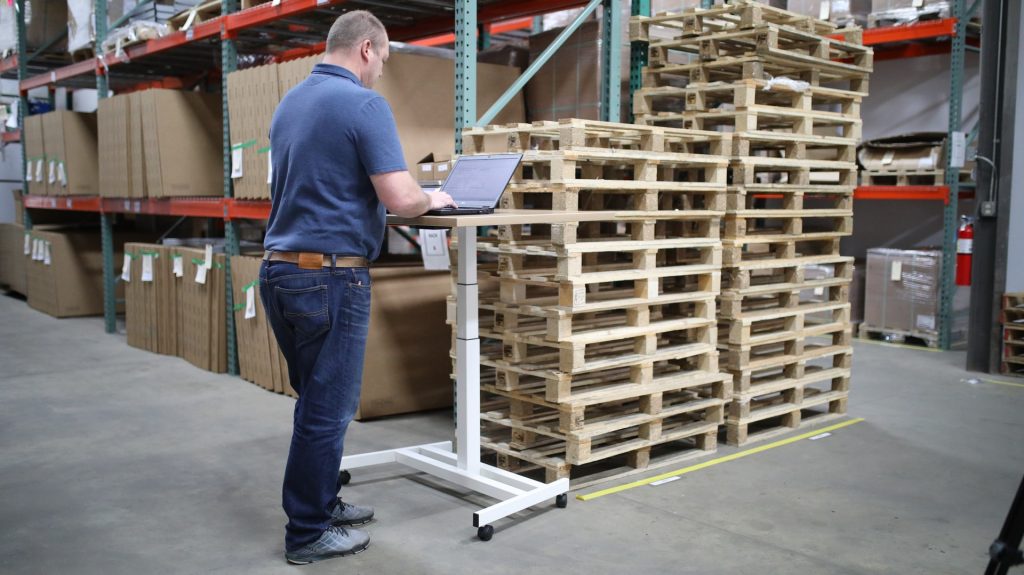Maximizing ROI of ERP Software: Key Metrics to Measure Success
Explore the key metrics explore organizations should consider to maximize their ROI from ERP software. Improve profitability and implemntation success with these strategies.


Discover the benefits of AccelGrid

Convert more leads into revenue

Manage orders at scale

Streamline billing and get paid on time

Rock-solid inventory control

Optimize your supply chain

Switch to lean manufacturing

Sell anywhere, anytime with mobile POS

Simplify accounting and grow your business

Sell more with integrated eCommerce

AI-powered demand forecasting
Convert more leads into revenue
Manage orders at scale
Rock-solid inventory control
Streamline billing and get paid on time
Optimize your supply chain
Achieve lean manufacturing
Sell more with integrated eCommerce
Sell anywhere, anytime with mobile POS
AI-powered demand forecasting
Simplify accounting and grow your business

The past decade has witnessed consumer buying habits influenced by advancements in mobility and digitalization. Super-quick deliveries, hassle-free returns, and omnichannel experience have become expectations every consumer takes for granted. Successful brands rely on robust warehouse management systems to deliver on these expectations. Inventory management has become more and more critical in the context of rising competition and a shift in spending habits.
A warehouse management system (WMS) offers a 360° view of a company’s inventory operation and helps its warehouse team manage the supply chain operations from the distribution center to store shelves. WMS is key to keeping your warehouse organized, tracking inventory accurately, and fulfilling orders efficiently.
Using a cloud-based WMS helps companies become more efficient and profitable by giving them access to accurate inventory and fulfillment data in real-time. A WMS makes time-intensive tasks like identifying slow-moving products, demand forecasting, and products running low on stock significantly easier. It can also help companies fulfill orders quicker and more accurately by enabling pickers to find the right location of products in the warehouse. These benefits lead to improved warehouse performance and help cut operational costs.
WMS systems have a far-reaching impact on a company’s efficiency and bottom line. Given that there are many WMS systems to choose from, it would make sense to implement the one that aligns with your long-term strategy. Given that implementing a WMS requires a significant amount of time, energy, and money, it would only be rational to choose one that can dynamically adapt to the needs of tomorrow.
The best place to start searching for the best WMS that suits your business needs is to identify the challenges you face with your existing systems and processes. A thorough gap analysis will reveal the must-have functionalities in the solution. Asking vendors to base their pitch around how their WMS will address these gaps is often a great way to ensure that their solution meets the specific needs of your business. You may have requirements outside a typical WMS scope, and it is worth considering standalone solutions for such requirements and possibly connecting them with your WMS via an API.
Implementing new software in an organization is not always an easy task. Especially with WMS implementation, you need to know that generating a positive ROI is more of a long-term goal. A WMS implementation may require potential changes to your inventory processes, and your staff will go through a learning curve before you start experiencing tangible benefits. Therefore, setting realistic milestones and deadlines is vital for the success of your WMS implementation.
Robust WMS solutions are built based on industry best practices to improve inventory and warehouse management efficiency and accuracy. It is advisable to adopt the best practices recommended by your vendor to make the most of your WMS – including steps to streamline your warehousing processes and increase operational efficiency.
Putting together a great team to drive the WMS implementation is as important as selecting the right solution. Including immediate stakeholders such as your warehouse and procurement team in the implementation process ensures that they better understand the WMS and allows them to foresee the need for changes to business processes ahead of time.

Read: Top 7 Inventory KPIs You Should Start Tracking Today
Regardless of how feature-rich your new WMS is, it is only as good as the end-users using it. If the end-users do not know how to operate the WMS, it has no real business value. Recorded training videos and helpful articles that are easily accessible can go a long way in ensuring operations run smoothly. Some WMS solutions also have inbuilt tools that make onboarding new users significantly quicker and easier. Rember that effective onboarding and training reduce the probability of errors and maximize ROI.
We’ve discussed the importance of choosing the right WMS for your business. At AccelGrid, we understand the challenges today’s businesses face regarding efficiently managing inventory operations. We built AccelGrid to help businesses simplify their warehouse operations and automate even the most complex inventory management tasks. Start your free 14-day trial or contact us for a free demo.
Explore the key metrics explore organizations should consider to maximize their ROI from ERP software. Improve profitability and implemntation success with these strategies.
Unlock key steps to manufacturing management success with MRP software. Streamline operations, optimize inventory, and enhance supply chain collaboration.
As the name suggests, safety stock is the additional inventory held by a business to meet an unforeseen surge in demand or unpredictable procurement lead time.